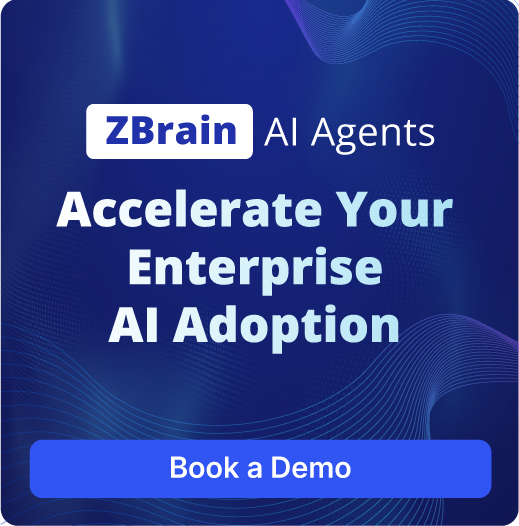Optimize Resume Screening in Recruitment Process with ZBrain AI Agents
ZBrain AI Agents for Resume Screening enhance the recruitment process by automating and optimizing key sub-processes involved in evaluating candidates. These AI agents efficiently handle resume parsing, candidate shortlisting, skill matching, and bias reduction, providing HR teams with valuable tools to improve their hiring workflows. By utilizing advanced algorithms, ZBrain AI Agents meticulously parse resumes to extract essential information, ensuring a high degree of accuracy and reducing the administrative burden on HR professionals. This allows recruiters to focus on assessing candidate potential and organizational fit rather than getting bogged down by manual data entry and sorting. The adaptability of ZBrain AI Agents for Resume Screening ensures they seamlessly integrate with various applicant tracking systems(ATS) and HR platforms, supporting a smooth recruitment pipeline. These agents excel in candidate shortlisting by analyzing resumes against job requirements, quickly identifying the most suitable candidates for each role. Additionally, ZBrain AI Agents aid in skill matching by evaluating the unique competencies and qualifications presented in resumes, ensuring that shortlisted candidates meet the specific demands of the position.By incorporating AI-powered techniques to minimize unconscious bias, ZBrain AI Agents contribute to fostering a more diverse and inclusive hiring process.With ZBrain AI Agents for Resume Screening, HR professionals can improve recruitment efficiency, reduce time-to-hire, and make more informed, confident hiring decisions, ultimately building stronger teams and driving organizational success.


 Live
Live